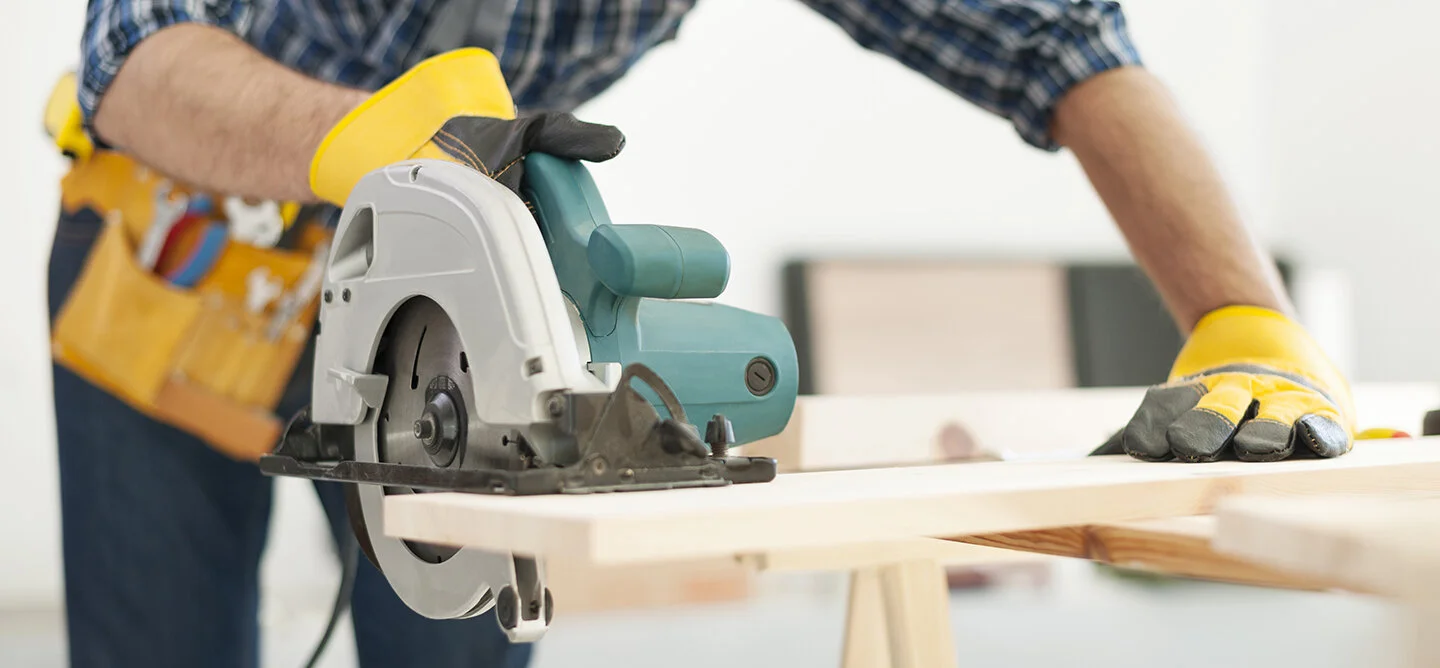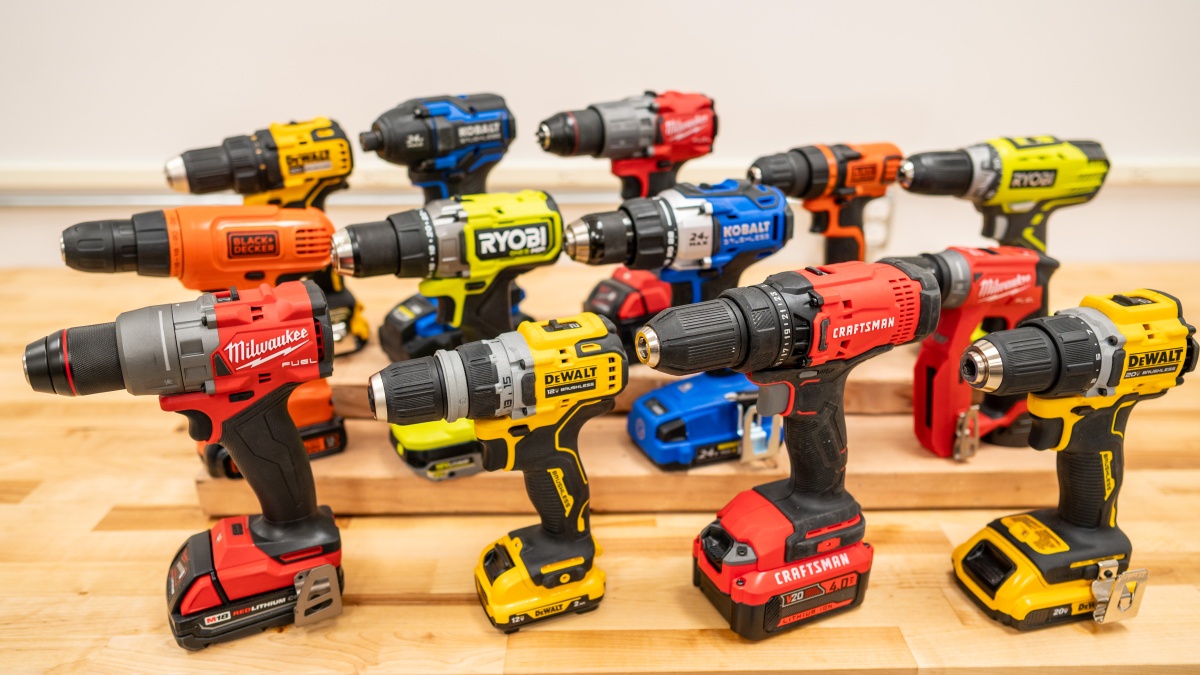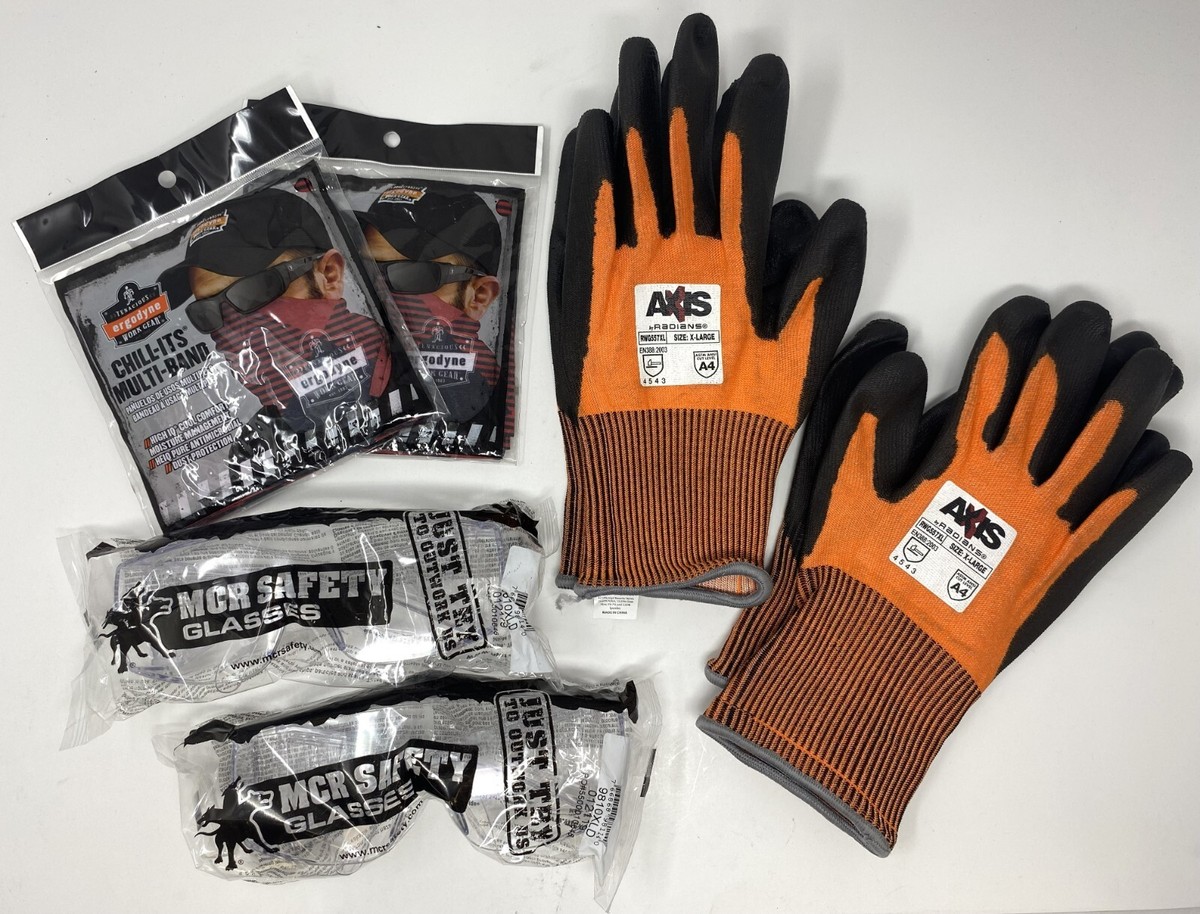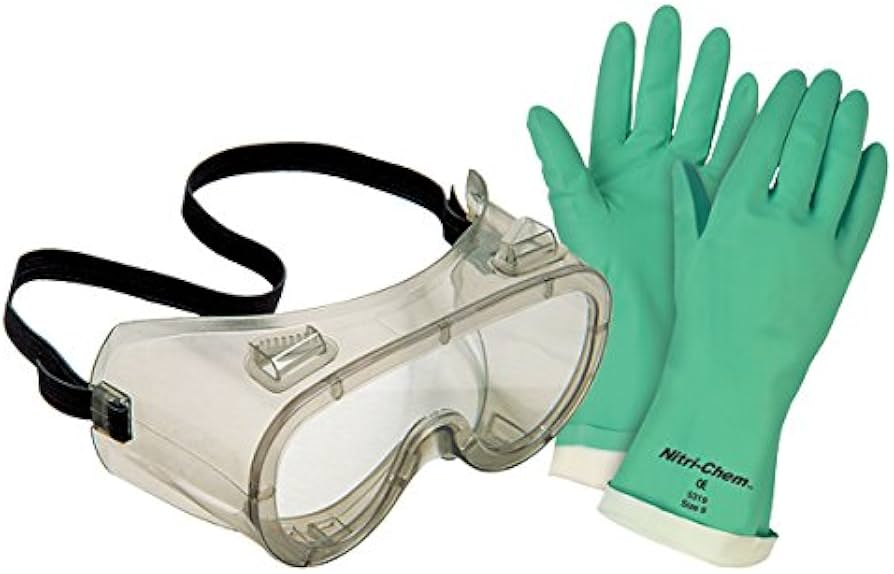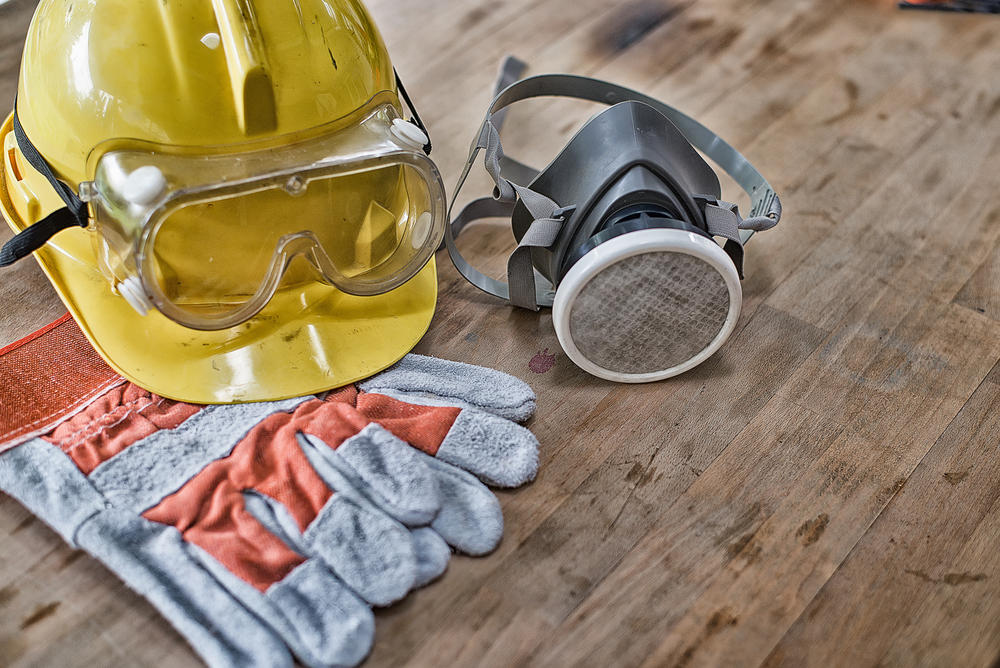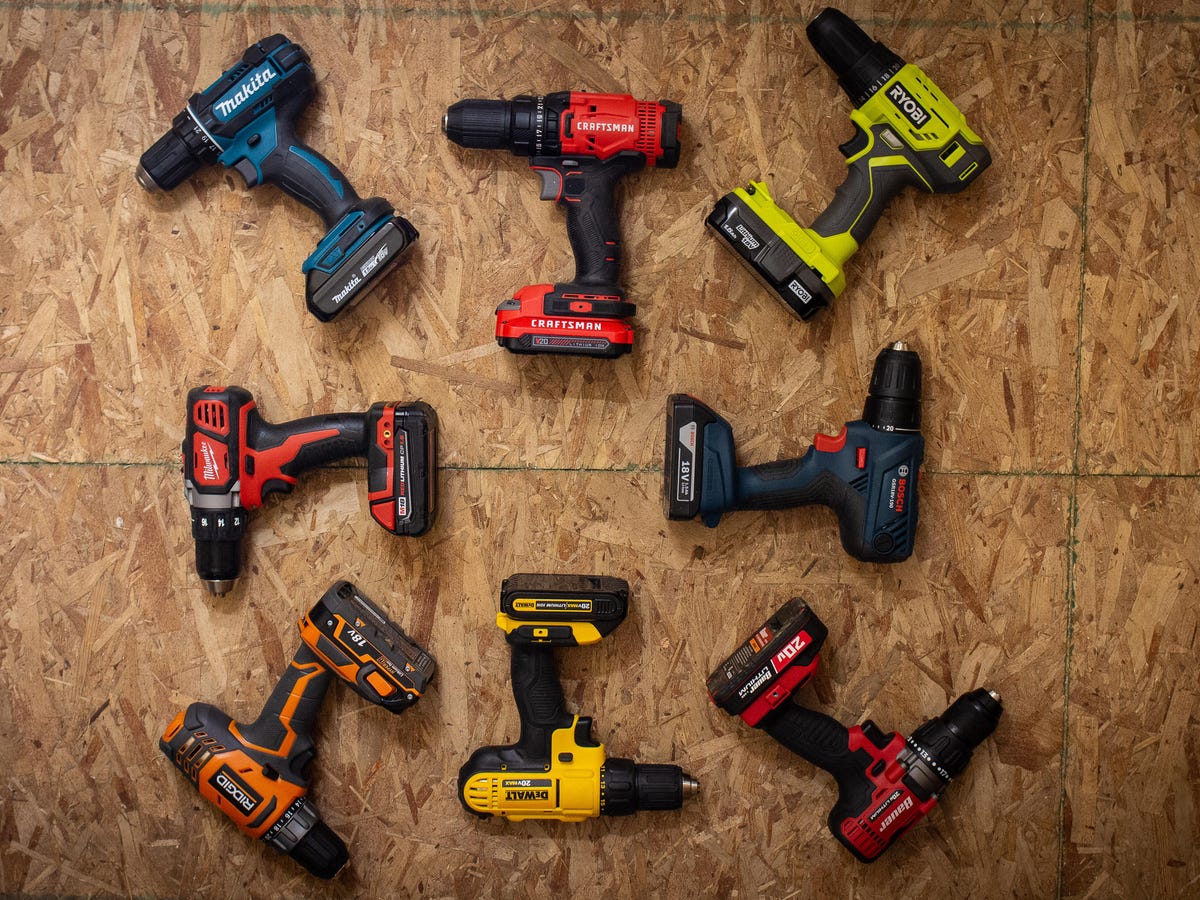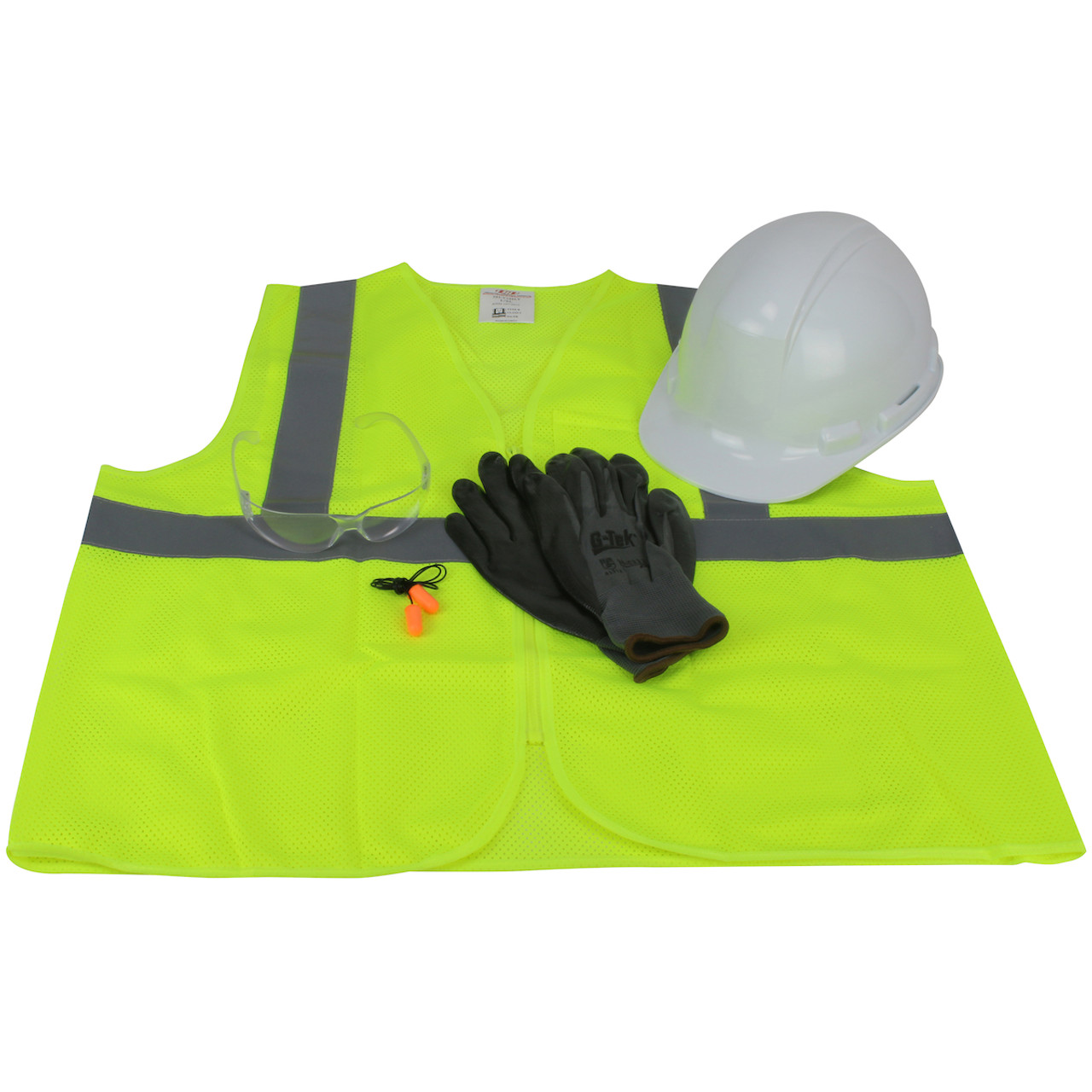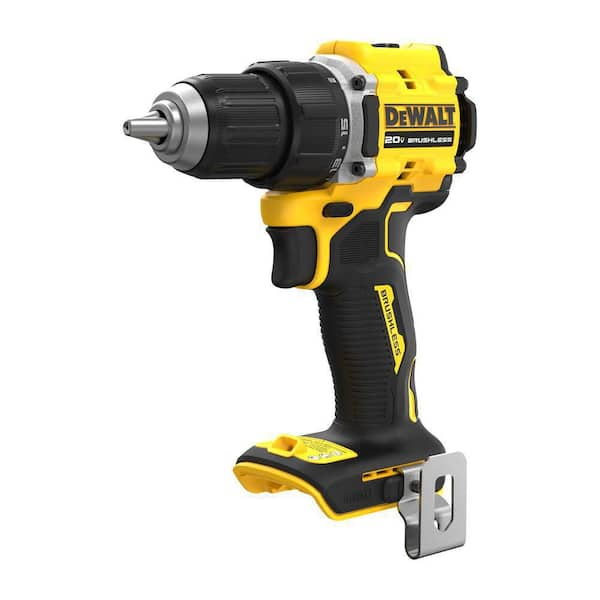
Cordless Drill vs. Impact Driver: Which Do You Need?
Understanding the difference between cordless drills and impact drivers helps you make the right purchase decision. Cordless drills excel at drilling holes and light driving tasks, while impact drivers deliver superior torque for heavy-duty fastening. Learn about voltage options (12V, 18V, 20V), brushless motor benefits, battery compatibility, and which tool suits your Canadian home projects best.
Read Full Article